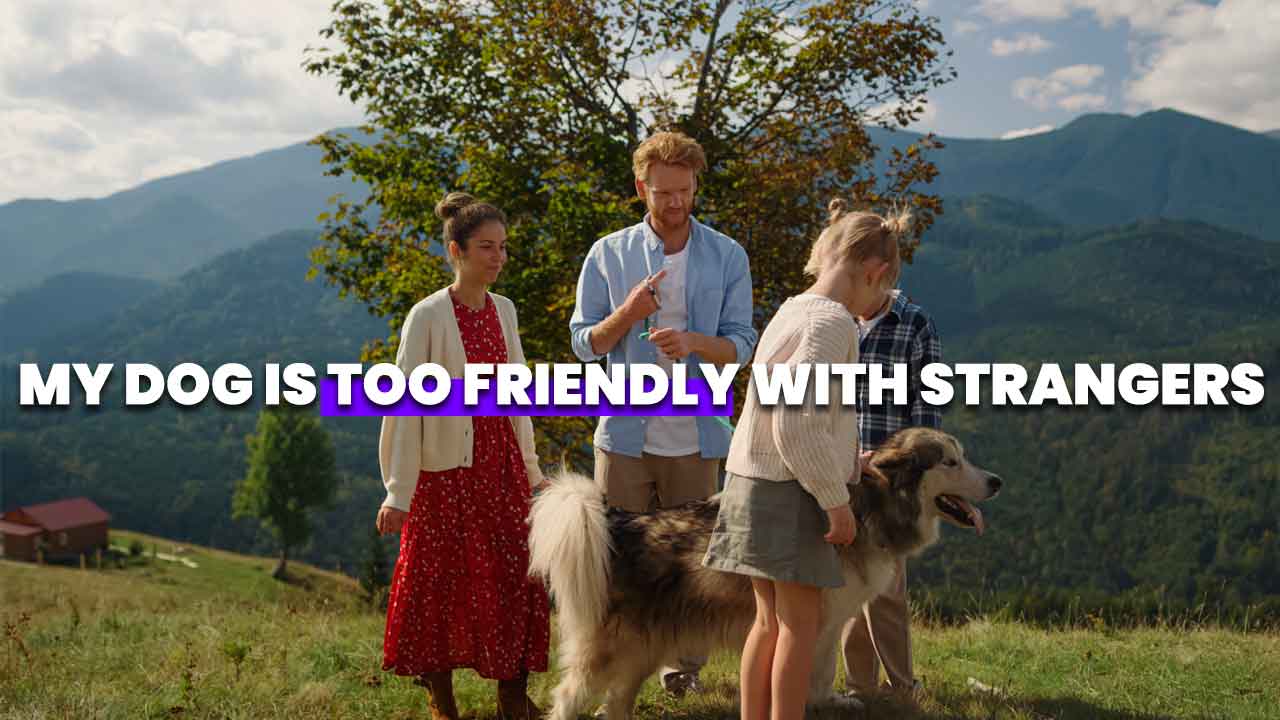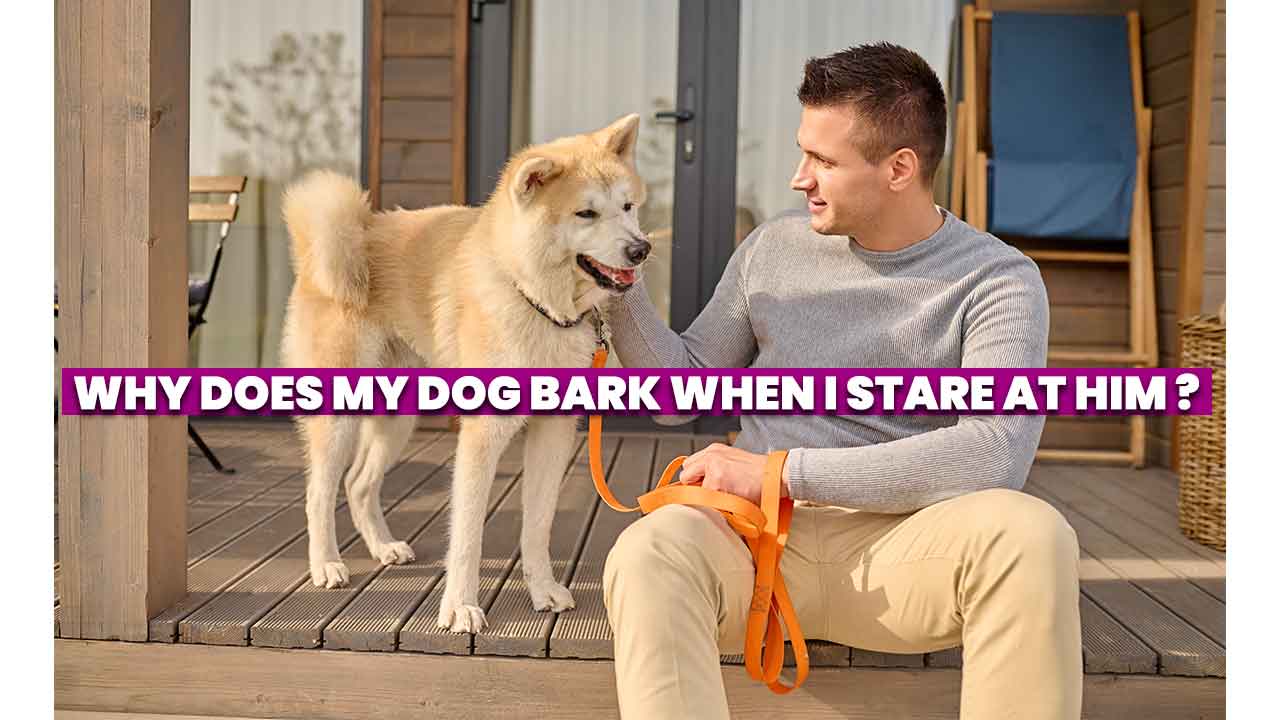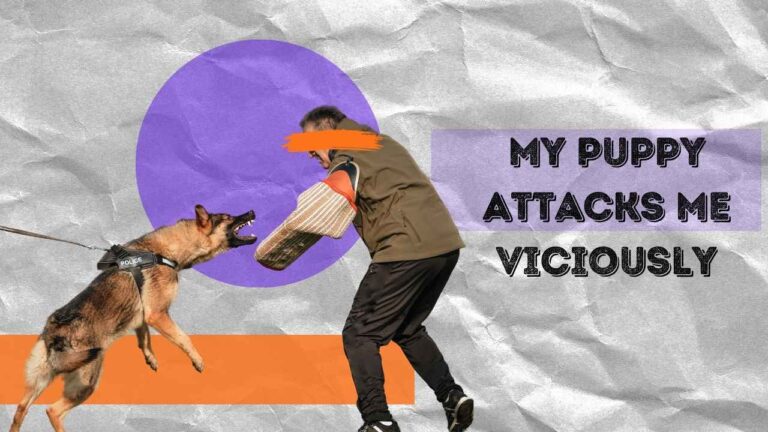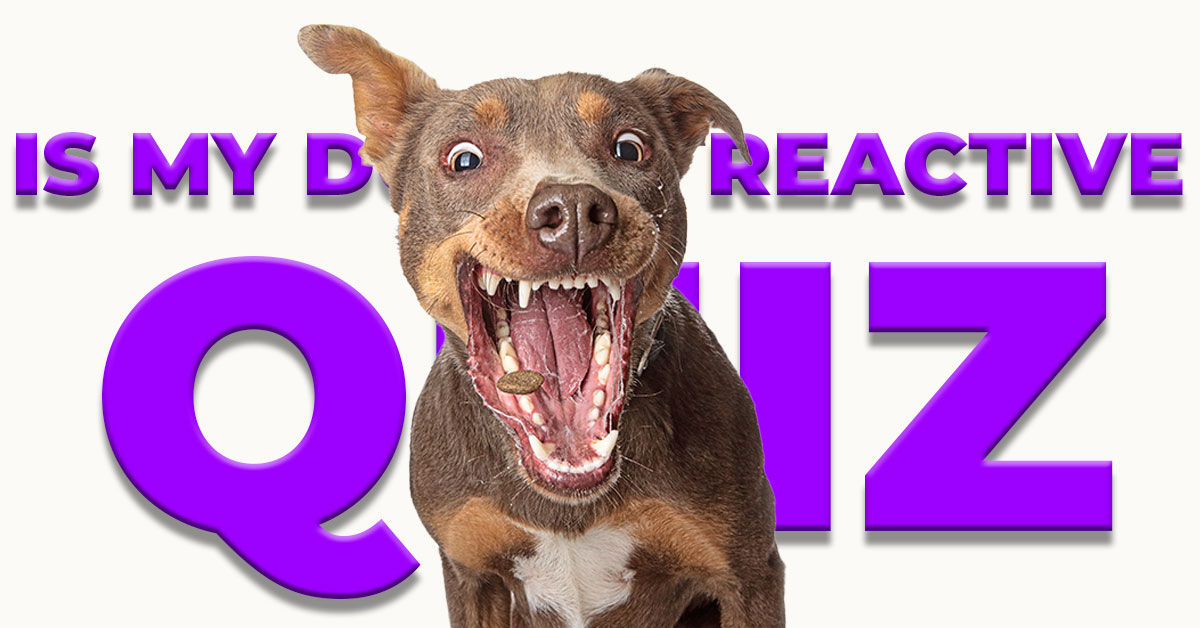My Dog is Too Friendly with Strangers
Table of Contents
Key Insights
| Key Point | Description |
|---|---|
| Understanding Over-Friendly Dogs | Insights into why some dogs are excessively friendly. |
| Recognizing When Friendliness is a Concern | Identifying when a dog's friendliness might become problematic. |
| Training Strategies for Safe Greetings | Effective methods to train your dog for better greeting behavior. |
| Tools and Techniques for Happy Encounters | Recommended equipment and techniques for positive dog-human interactions. |
Introduction
My Dog is Too Friendly with Strangers: It's a common sentiment among dog owners to adore their furry friend's sociable nature. However, there might be times when your dog's over-enthusiasm with strangers can lead to awkward or unsafe situations. Whether it's jumping on guests or overly exuberant greetings, we understand the mixed feelings of pride and concern that come with having a super friendly dog.
The Social Pup: Imagine you're walking your dog, and as soon as they spot a stranger, they're pulling on the leash, tail wagging, ready to leap into a new person's arms. This characteristic can be endearing, but also risky or inconvenient. We'll delve into the challenges that come with an overly friendly canine and why it's essential to manage such behaviors for everyone's comfort and safety.
Navigating the Nuances: Our aim with this article is to guide you through managing your overly friendly canine companions. We'll explore the roots of their friendliness, when it might be too much, and strategies to ensure every greeting is a happy and safe one.
I. Understanding Your Dog's Friendliness
Puppy Posse
Dogs are naturally social creatures, with some breeds being more predisposed to friendliness than others. Especially during puppyhood, dogs exhibit a high level of sociability, which is crucial for their development. But why is your adult dog still acting like an overexcited pup with strangers?
Genetics and Breed Traits
Certain dog breeds are known for their friendly demeanor. Retrievers, for example, are often sought after for their sociable and outgoing nature. However, breed alone doesn't define your dog's temperament; individual personality and past experiences play a significant role.
Positive Reinforcement
The way you've interacted with your dog from puppyhood can significantly affect their behavior. Positive reinforcement, such as praising and treating your dog for friendly behavior, might have encouraged them to be overly enthusiastic with strangers. Understanding the impact of these training methods is key to managing their behavior.
Understanding your dog's breed traits can provide insights into their behavior.
Stay tuned for the next generation of the article, where we'll delve into the concerns associated with overly friendly dogs and how to effectively manage them for happier, safer interactions.
II. When Friendliness Becomes a Concern
Jumping Joy or Jumping Jitters
Dogs express their excitement and affection in various ways, and jumping up is one of the most common. While it's a natural behavior, it can become a concern, especially if it leads to knocking over children, frightening strangers, or even causing accidental injuries. We'll look at why dogs jump and how to curb this behavior for safer greetings.
Safety First
The wellbeing of your dog and those around them should always be paramount. Overly friendly dogs might inadvertently put themselves or others at risk. For example, a dog that doesn't understand boundaries might approach unfriendly dogs or unfamiliar people who aren't comfortable with dogs, leading to potentially dangerous situations.
Recognizing Misinterpretations
Sometimes, a dog's friendliness can be misinterpreted by others as aggression or dominance, particularly if they are large or of a certain breed. Understanding how others might perceive your dog's actions is crucial in preventing misunderstandings and ensuring everyone's comfort.
Concerns with Overly Friendly Dogs
| Concern | Description |
|---|---|
| Safety Risks | Discusses the potential dangers of an overly friendly dog. |
| Misinterpretations of Behavior | Explains how friendly behavior might be wrongly perceived. |
| Discomfort and Annoyance | Addresses the inconvenience caused to others by exuberant dogs. |
III. Taming the Tail Wags: Strategies for Safe and Happy Greetings
The Foundation: Basic Obedience
Teaching your dog basic commands like “sit,” “stay,” and “heel” is essential. These commands form the foundation of any good dog training regimen and are particularly useful in managing your dog's greetings.
Socialization with Limits
While it's important for dogs to socialize, there's a fine balance to be maintained. Controlled socialization helps your dog understand how to behave around strangers, discerning when to approach and when to maintain distance.
The ‘Leave It' Lifeline
The “leave it” command can be a lifesaver in situations where your dog is overly eager. This command helps redirect their focus and energy away from the stranger and back to you, allowing for a calmer interaction.
Body Language Basics
Understanding your dog's body language is key in anticipating and managing their reactions. This knowledge allows you to intervene before their enthusiasm escalates into an uncomfortable situation for everyone involved.
The ‘Happy Zone' Buffer
Establishing a personal space buffer around your dog can prevent unwanted physical contact. Teach your dog to respect individual's space, reducing the likelihood of them invading someone's personal bubble.
Training Commands for Managing Friendliness
- Sit/Stay: Useful for keeping your dog stationary when someone approaches.
- Heel: Keeps your dog close and under control while walking.
- Leave It: Redirects your dog's attention away from distractions.
- Look at Me: Maintains your dog's focus on you, away from the stranger.
Teaching your dog basic obedience is crucial for managing their overly friendly behavior.
IV. Tools and Techniques for Happy Encounters
Harness and Leash Essentials
A well-fitting harness and leash are invaluable tools for controlling your dog's movements and ensuring they can't jump on strangers. We'll discuss how to choose the right equipment for your dog's size and strength, and how to use them effectively to manage your dog's enthusiasm.
Treats for Training Triumphs
Positive reinforcement is a powerful training method. By rewarding your dog for calm and appropriate behavior, you're encouraging them to repeat those actions. Learn which treats work best and how to use them to reinforce good manners.
Clear Communication with Humans
Sometimes the key to a successful interaction is as simple as communicating with the people your dog wants to greet. A quick heads-up about your dog's friendly nature can help set expectations and make everyone more comfortable.
Finding Alternative Greeting Outlets
Dogs need to express their joy and affection. We'll explore alternative ways for your dog to greet people that don't involve jumping or excessive barking. This might include sitting politely for petting or using toys to interact in a less physical way.
Essential Tools for Managing a Friendly Dog
| Tool/Technique | Description |
|---|---|
| Harness and Leash | Discusses the importance of proper equipment for control. |
| Treats for Training | Explains how to use treats effectively for positive reinforcement. |
| Communication | Highlights the importance of informing others about your dog's nature. |
| Alternative Greeting Methods | Suggests other ways for dogs to greet people safely. |
Learn more about harness and leash essentials.
V. Celebrating Friendly Furry Friends
Embracing the Positive
While managing your dog's over-enthusiasm is important, it's also essential to celebrate their friendliness. After all, a friendly dog is often a happy, well-socialized dog. We'll talk about the benefits of having a sociable pup and how to cherish this trait while keeping it under control.
The Joy of Connection
Dogs bring people together, and a friendly dog can be the perfect ice-breaker. Learn how to harness your dog's sociable nature to foster connections with others in your community, all while ensuring everyone's comfort.
Building a Better Bond
Ultimately, working with your dog to manage their friendliness strengthens your bond. Training, understanding, and guiding your dog lead to trust and mutual respect, which are the cornerstones of a strong human-canine relationship.
Celebrating Dog Friendliness
- Acknowledging Social Benefits: Understanding the positive aspects of a friendly dog.
- Community Engagement: Encouraging interactions that are safe and enjoyable for all.
- Strengthening Bonds: Focusing on how training and behavior management improve your relationship with your dog.
Discover the joy of a well-behaved, friendly dog.
Key Dog Behavior Statistics 2023
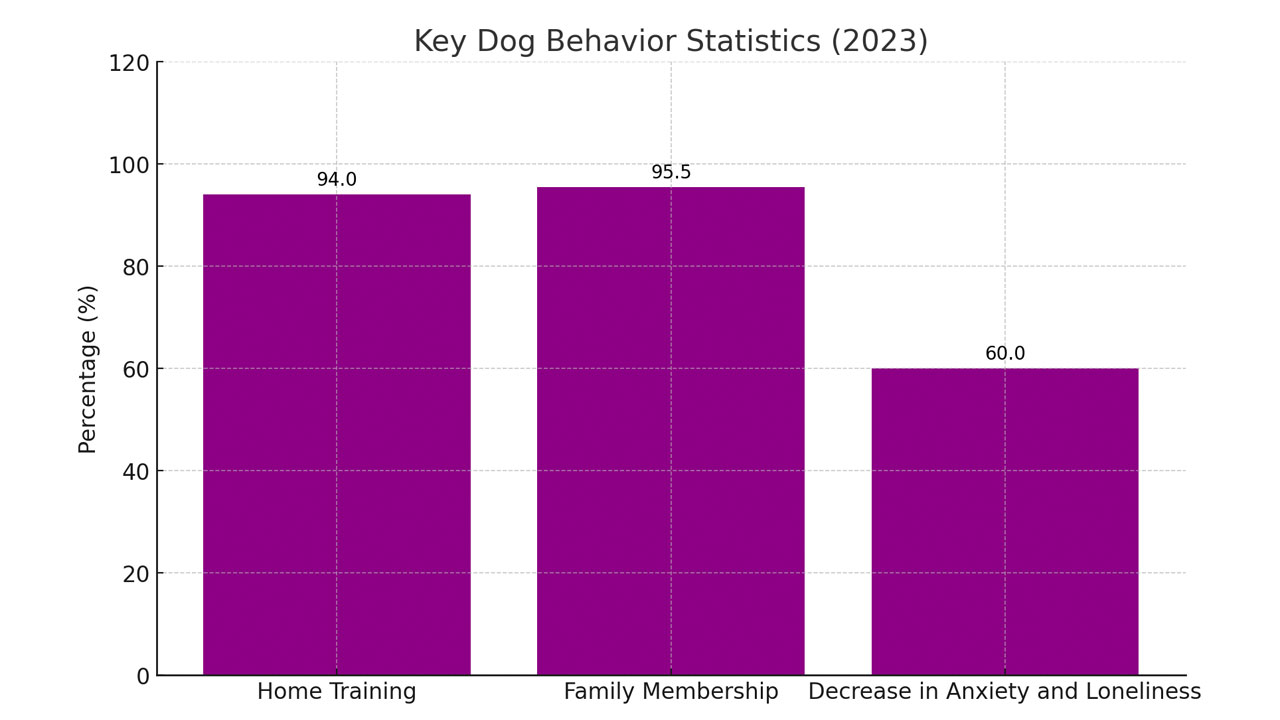
The chart shows three key things about dogs and their owners. Firstly, nearly all dog owners train their pets at home, and most dogs know basic commands like “sit.” Secondly, almost every owner thinks of their dog as part of the family, often talking to them like people. Lastly, spending time with dogs can really help reduce feelings of anxiety and loneliness by quite a bit. This all tells us just how special dogs are to their owners and the positive impact they have on our lives!
Here's a simple breakdown of the chart:
- Home Training: 94% of dog owners do some training at home. Most dogs know how to “sit”.
- Family Membership: 95.5% of owners treat their dogs like family, talking and greeting them.
- Decreasing Anxiety: Interaction with dogs can reduce anxiety and loneliness by 60%.
Conclusion
My Dog is Too Friendly with Strangers
In wrapping up, we've explored why some dogs are excessively friendly, the potential issues this can cause, and strategies for managing their enthusiasm. Remember, the goal isn't to curb their spirit but to channel it in safe and positive ways.
Happy Tails Ahead
With the right understanding, tools, and training, you can ensure your dog's friendliness is always received with joy and appreciation. Here's to many happy and safe greetings ahead for you and your furry friend!

